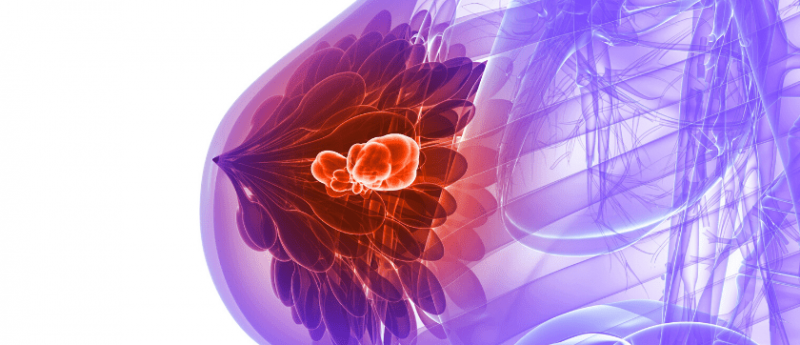Green graphene nanoplates for combined photo-chemo-thermal therapy of triple-negative breast cancer

Triple-negative breast cancer accounts for only around 15% of breast cancer cases. The name refers to the cancer being characterized by a lack of expression of estrogen, progesterone and HER-2 receptors. Triple-negative breast cancer is an aggressive cancer that grows rapidly, is prone to metastasize and often recurs after initial treatment.
In this research paper recently published in Nanomedicine green graphene oxide (GO) nanoplates were used to deliver anticancer molecules, stabilized using quercetin. The nanoplates were also loaded with folic acid. This method would combine photo-, chemo- and thermal therapy for triple-negative breast cancer meaning it has the potential to be more effective considering the highly metastatic behavior of the cancer.
Aim: Green graphene oxide (GO) nanoplates, which are reduced and stabilized by quercetin and guided by folate receptors (quercetin reduced and loaded GO nanoparticles-folic acid [FA]), were developed to mediate combined photo-chemo-thermal therapy of triple-negative breast cancer. Materials & methods: Modified Hummers method was used for the synthesis of GO followed by its reduction using quercetin, FA was then conjugated as a targeting ligand. A cytotoxicity assay, apoptosis assay and cellular uptake assay were performed in vitro in MDA-MB-231 cell line with and without irradiation of a near-infrared 808 nm laser. Results & conclusion: Quercetin reduced and loaded GO nanoparticles-FA showed significantly high cellular uptake (p < 0.001) and cytotoxic effects in MDA-MB-231 cells, which was even more prominent under the situation of near-infrared 808 nm laser irradiation, making it a potential option for treating triple-negative breast cancer.